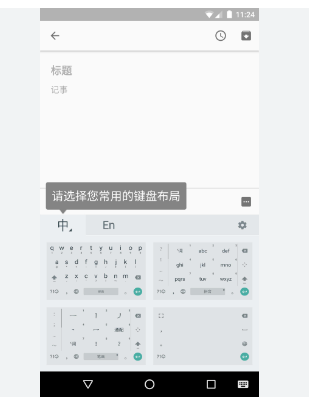
Sogou Pinyin: The Future of Chinese Text Input
The Chinese pinyin input method (中文拼音输入法) has been through important progression since its creation, changing the way Oriental heroes are typed and revolutionizing electronic digital connection in China-talking communities. Here’s a look at its advancement and impact:
Very early Improvement: The growth of Pinyin feedback techniques dates back to the 1970s, with early solutions depending on time consuming coding methods and restricted performance. Even so, as computer systems innovative, Pinyin feedback methods grew to be more sophisticated and end user-pleasant.
Extensive Adoption: The extensive adoption of Pinyin input approaches from the 1990s and 2000s enjoyed a crucial role from the digitalization of China figures. By offering an user-friendly and efficient approach to type China figures, Pinyin input methods produced personal computers and smart phones offered to Asian audio speakers globally.
Assisting Conversation: Pinyin feedback strategies have facilitated conversation across linguistic barriers by allowing Asian audio speakers to kind and deliver messages simply and efficiently. It has led to the globalization of Oriental vocabulary and traditions.
Enhancing Words Studying: For Oriental words students, Pinyin insight techniques are very helpful resources for rehearsing keying in and reinforcing vocabulary. The word forecast attribute will help learners associate Pinyin spelling with the related figures, aiding in personality identification and memorization.
Assist for Dialects and Minority Languages: Pinyin feedback approaches have been adjusted to back up dialects and minority different languages in China, helping to protect linguistic variety and market ethnic history.
Affect on Technology: The development of Pinyin enter approaches has inspired other facets of technological innovation, including speech identification and natural terminology digesting. Pinyin-dependent input systems serve as the basis for sound enter and written text-to-conversation technological innovation in Mandarin Chinese.
Continued Advancement: Pinyin input methods continue to progress with improvements in modern technology. Modern enter strategies integrate artificial intelligence and machine discovering sets of rules to further improve term forecast accuracy and reliability and user experience.
To conclude, chinese people Pinyin insight strategy has transformed how China figures are typed and communicated in the electronic digital age group. Its progression and affect have not simply facilitated communication and language studying and also contributed to technological know-how and social preservation. As technologies will continue to advance, Pinyin enter approaches will more than likely play an increasingly crucial position in shaping the way forward for digital conversation in Oriental-discussing areas.



